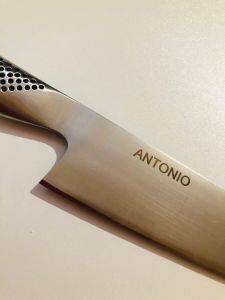Language
WORLDWIDE SHIPPING
Pastry chef tools case: Dick Knives and 25 Pastry instruments
€389.00
€318.85
Availability:
In stock
Pastry chef tools case
A holding and practical Dick case , with book opening, containing 28 instruments essential for a pastry-chef, Wusthof knives and confectionery accessories.
Case fitted out to allow pastry-chef to work with all the instruments necessary to prepare cakes and desserts.
The Dick Culinary Bag is provided with :
- Dick potato-peeler with straight blade, also very fit to scoop apple cores
- Lemon-stripper Dick to carve all citrus fruit
- Lemon-scraper Dick for decorations
- Step spatula Triangle Length of spatula cm. 14
- Stainless steel tweezers curved point cm. 14
- Small scoop Diameter cm. 1
- Silicone brush to butter easily. Total length cm. 24,5 Width cm. 5,5
- Double scoop with diameters cm. 2,2 e 2,8
- Triangular spatula blade cm. 12x8 Total length cm. 25
- Wusthof kitchen scissors high quality, stainless steel blades, total length cm. 21
- Santoku knife blade cm. 18 Series Prodynamic by Dick
- Cook knife blade cm. 21 Series Prodynamic Dick
- Pastry-chef knife toothed-edge blade cm. 21 Series Prodynamic by Dick
- Rigid spatula in polyamide total length cm. 40
- Confectionery bag in silicone superflex Total length cm. 45
- Set 6 assorted spouts star-shaped in PP
- Set 6 assorted spouts even shaped in PP
- Set 8 items for pastry decoration , 6 small spouts, 1 adaptor, 1 confectionery bag height cm. 30
- n. 4 spatulas-scrapers for confectionery with zigzag cut and even cut dimensions 16x12 cm and 20,4x15,1
- Adaptor for spouts
- Small funnel-spout to fill up, exit diameter cm. 6
- Flat whip in stainless steel Total length cm. 27,5 Width cm. 6
- Double action whip: Whip manufactured in stainless steel with 6 threads and inner fixed spring to embed more air in doughs and to obtain softer and more foaming mixtures .
The double rotation avoids the formation of clots. Total length cm. 27,5 Width cm. 6
- Thermometer with probe in compliance with HACCP regulations. Probe length 140 mm. Protection against sprinklings of water IP 55. Automatic switch off. Provided with plastic cap to protect the point. Survey of temperatures from -50 °C to + 300°C
Precision +-1° from 10...100°C +- 2° from -50 to -10°C and from +100 to 200°C over +- 3°C
Case fitted out to allow pastry-chef to work with all the instruments necessary to prepare cakes and desserts.
The Dick Culinary Bag is provided with :
- Dick potato-peeler with straight blade, also very fit to scoop apple cores
- Lemon-stripper Dick to carve all citrus fruit
- Lemon-scraper Dick for decorations
- Step spatula Triangle Length of spatula cm. 14
- Stainless steel tweezers curved point cm. 14
- Small scoop Diameter cm. 1
- Silicone brush to butter easily. Total length cm. 24,5 Width cm. 5,5
- Double scoop with diameters cm. 2,2 e 2,8
- Triangular spatula blade cm. 12x8 Total length cm. 25
- Wusthof kitchen scissors high quality, stainless steel blades, total length cm. 21
- Santoku knife blade cm. 18 Series Prodynamic by Dick
- Cook knife blade cm. 21 Series Prodynamic Dick
- Pastry-chef knife toothed-edge blade cm. 21 Series Prodynamic by Dick
- Rigid spatula in polyamide total length cm. 40
- Confectionery bag in silicone superflex Total length cm. 45
- Set 6 assorted spouts star-shaped in PP
- Set 6 assorted spouts even shaped in PP
- Set 8 items for pastry decoration , 6 small spouts, 1 adaptor, 1 confectionery bag height cm. 30
- n. 4 spatulas-scrapers for confectionery with zigzag cut and even cut dimensions 16x12 cm and 20,4x15,1
- Adaptor for spouts
- Small funnel-spout to fill up, exit diameter cm. 6
- Flat whip in stainless steel Total length cm. 27,5 Width cm. 6
- Double action whip: Whip manufactured in stainless steel with 6 threads and inner fixed spring to embed more air in doughs and to obtain softer and more foaming mixtures .
The double rotation avoids the formation of clots. Total length cm. 27,5 Width cm. 6
- Thermometer with probe in compliance with HACCP regulations. Probe length 140 mm. Protection against sprinklings of water IP 55. Automatic switch off. Provided with plastic cap to protect the point. Survey of temperatures from -50 °C to + 300°C
Precision +-1° from 10...100°C +- 2° from -50 to -10°C and from +100 to 200°C over +- 3°C
FAQs

 IT
IT FR
FR
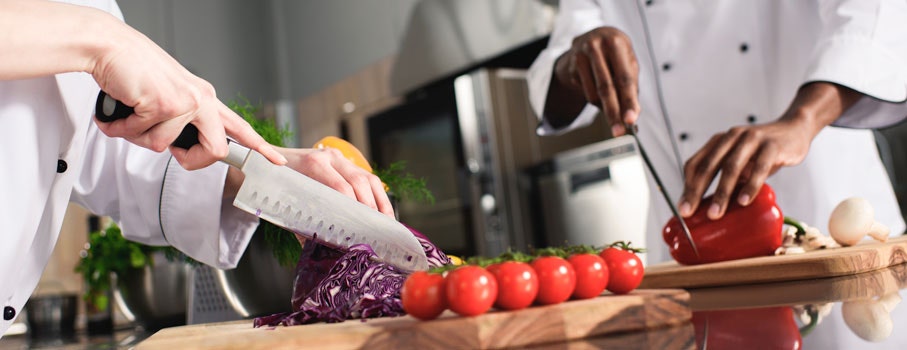
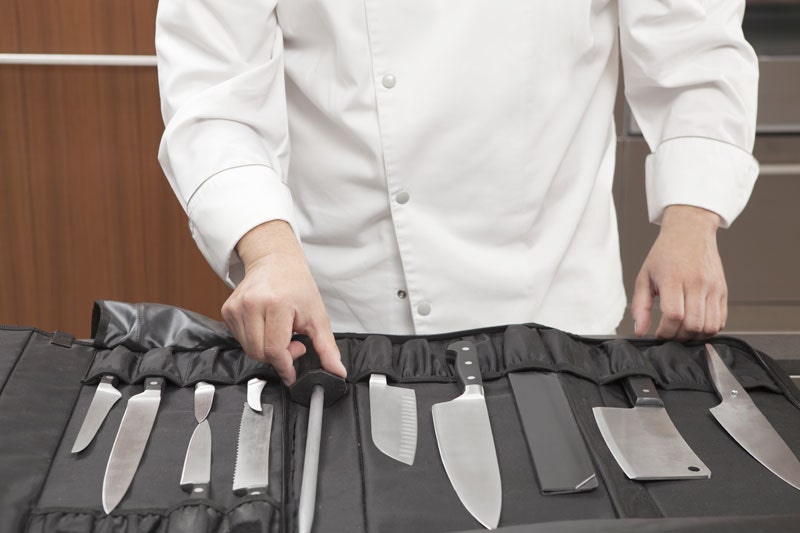
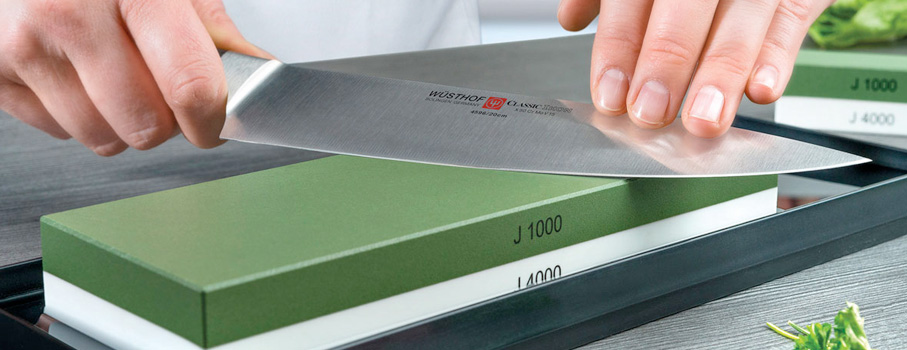
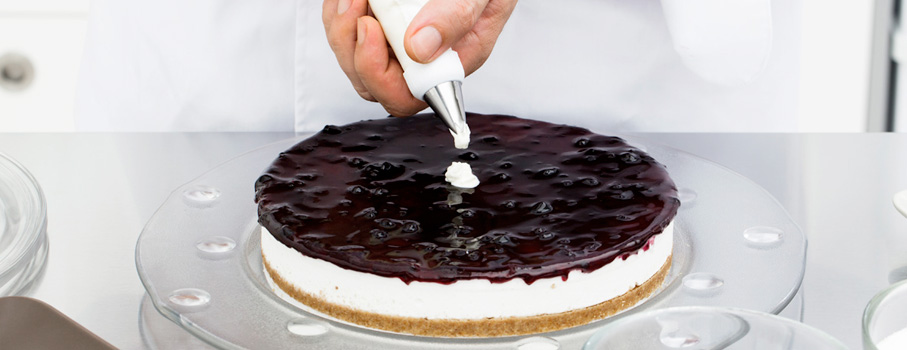

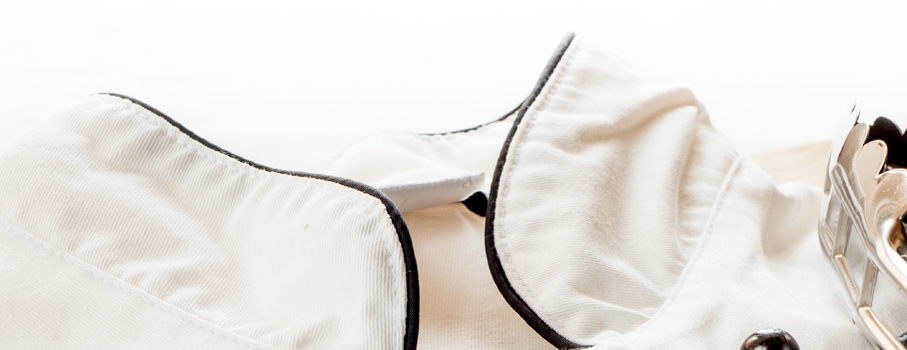
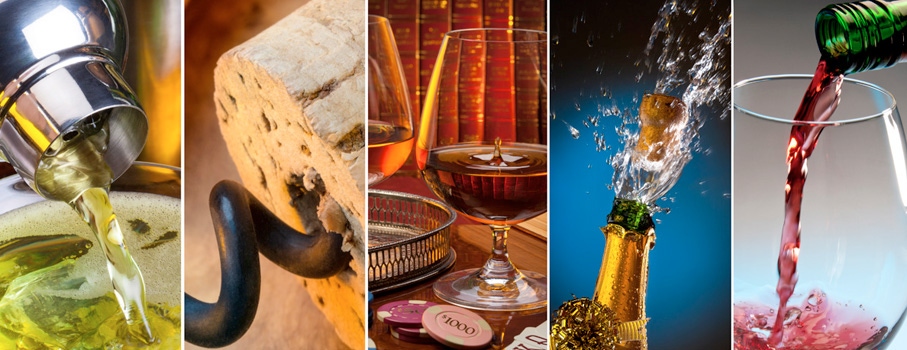
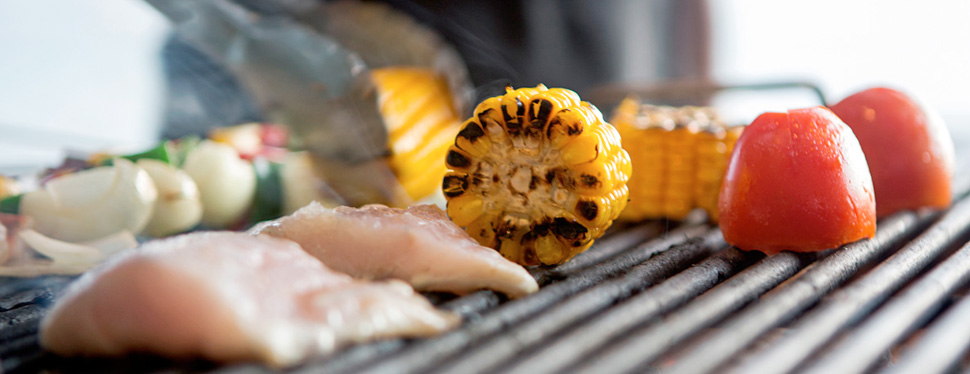

 IT
IT FR
FR
